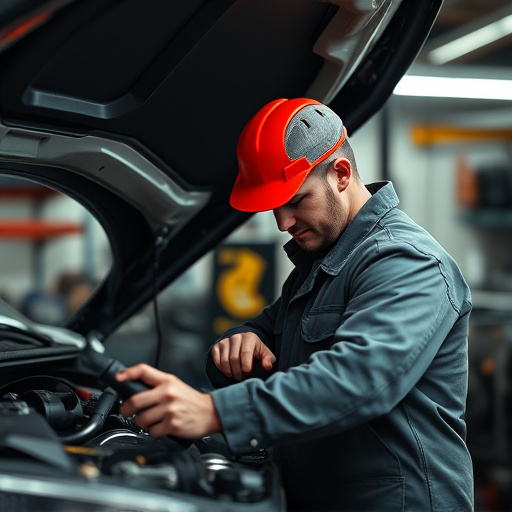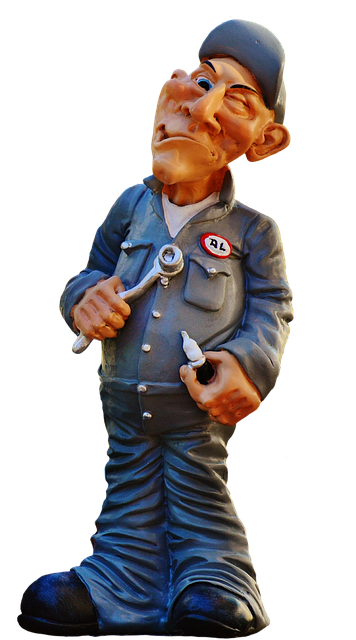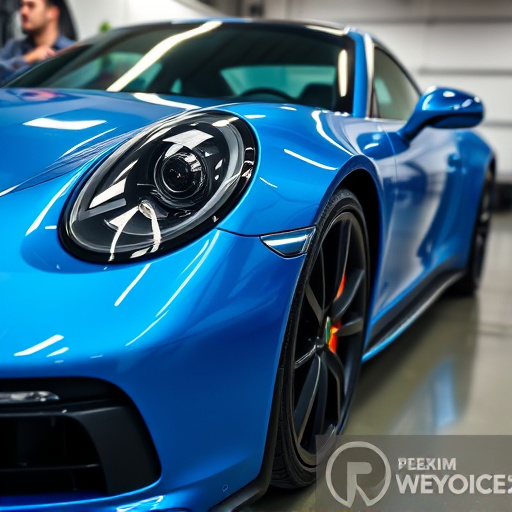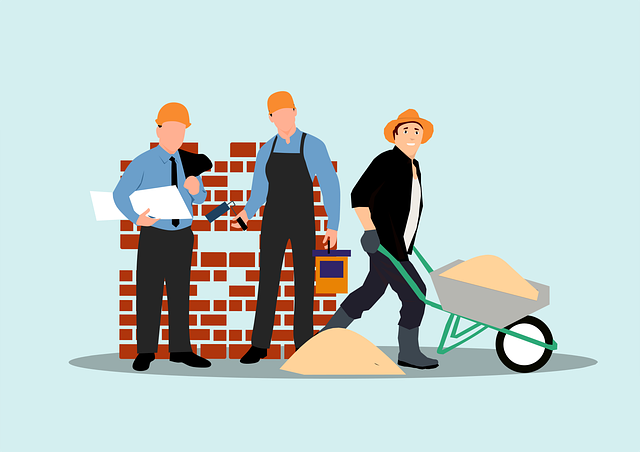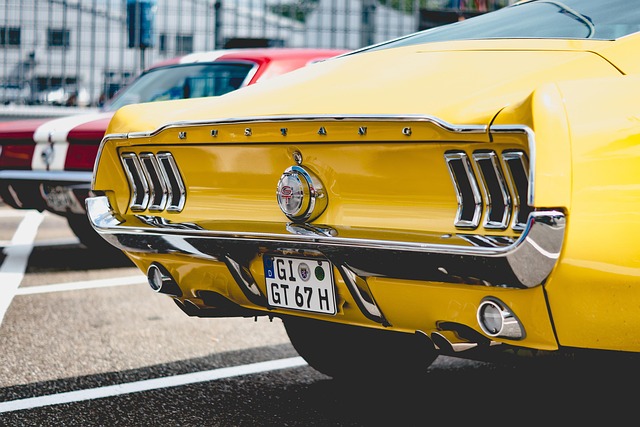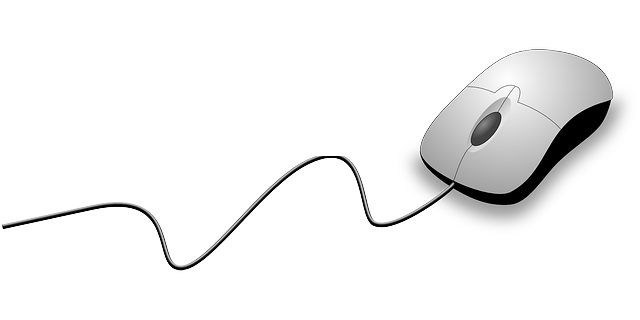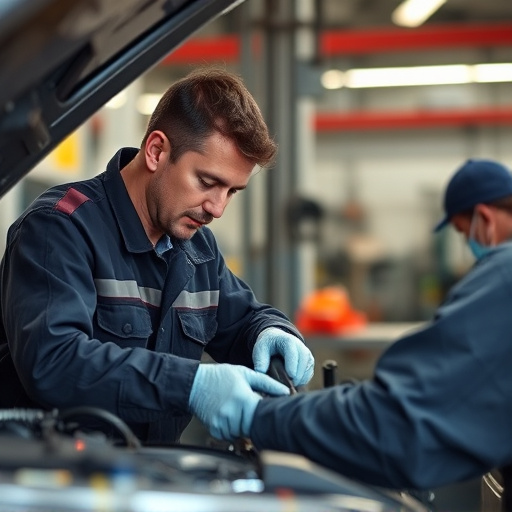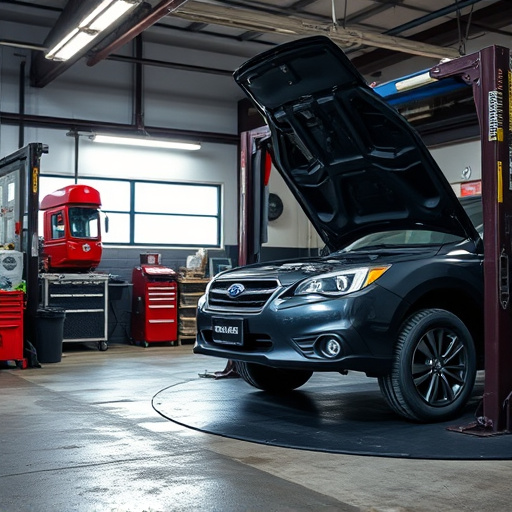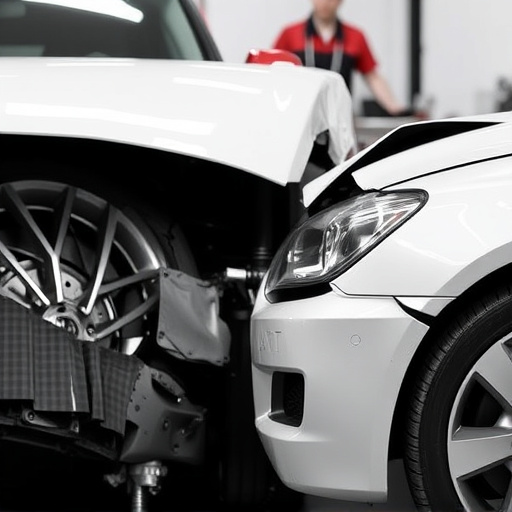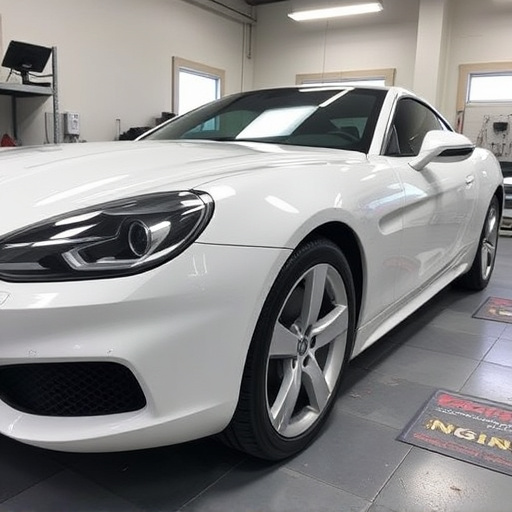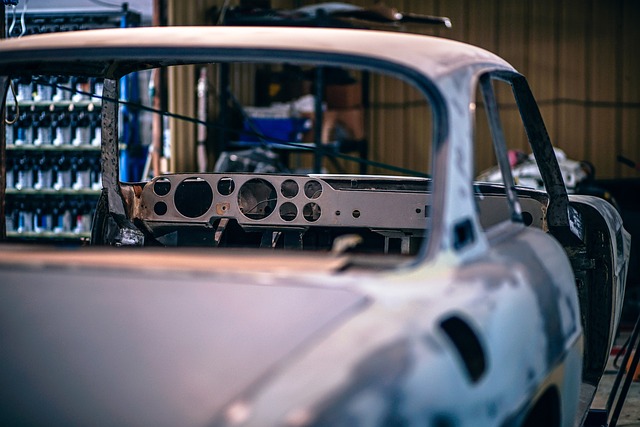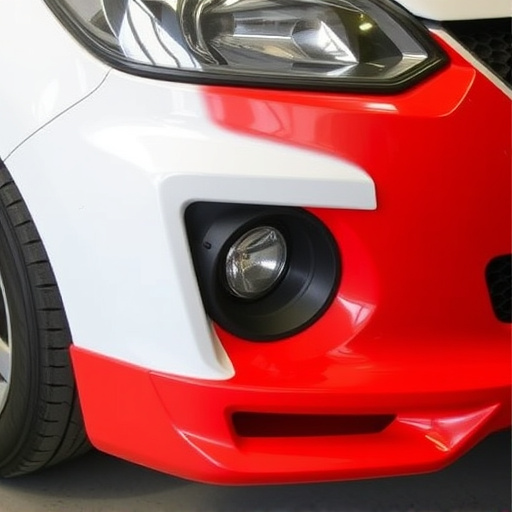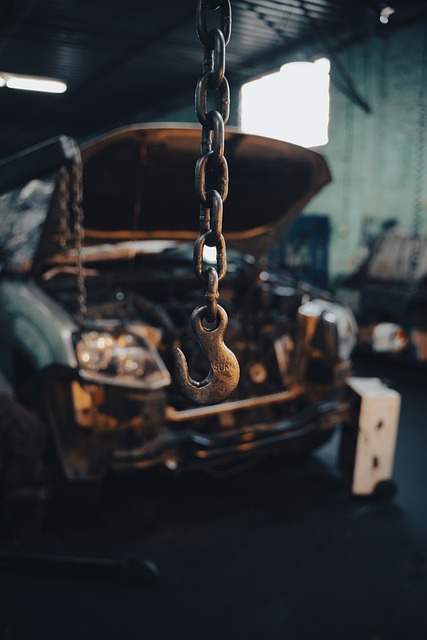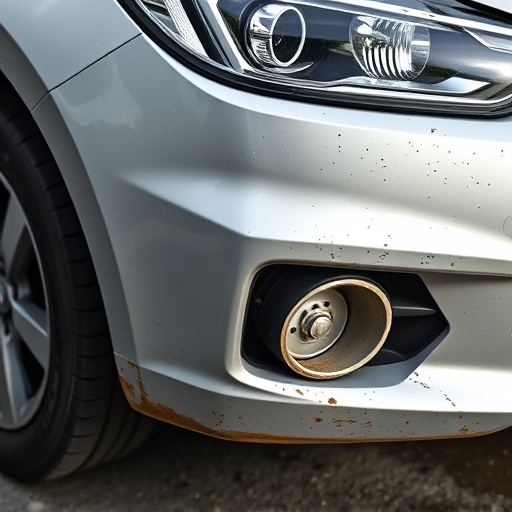Matte finish collision repair is an art requiring precise environmental controls and specialized techniques due to its micro-textured surface vulnerabilities. Ideal conditions include clean, ventilated spaces at 65°F-75°F (18°C-24°C) with 30%-50% humidity and accurate lighting. Surface prep, specific primers/base coats, paint selection formulated for matte finishes, and expert application techniques ensure high-quality results, enhancing modern and vintage vehicle aesthetics.
In the realm of automotive collision painting, achieving a flawless matte finish is an art. This comprehensive guide delves into the intricate process of pearl finish collision painting, exploring the unique challenges and environmental controls crucial for success. From understanding the complex composition of pearl finishes to implementing key environmental adjustments, we provide best practices for mastering this technique in matte finish collision repair.
- Understanding Pearl Finish and Its Unique Challenges
- Key Environmental Controls for Optimal Painting Conditions
- Best Practices for Achieving a Matte Finish in Collision Repair
Understanding Pearl Finish and Its Unique Challenges
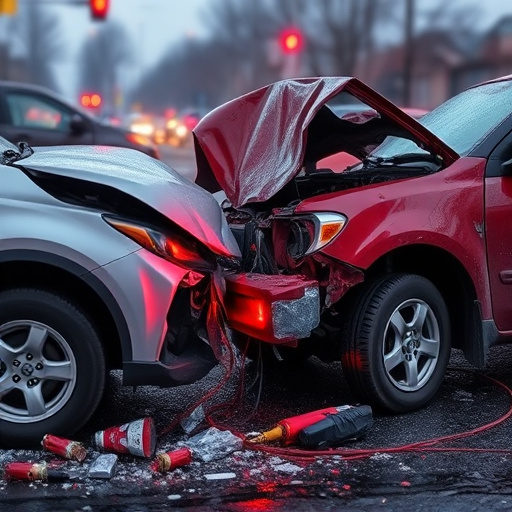
Pearl finish collision painting is a specialized art that requires meticulous attention to detail and precise environmental controls. Unlike matte finishes, which are generally more forgiving, pearl coatings present unique challenges due to their intricate micro-textured surface. This type of finish is designed to reflect light in a myriad of colors, creating a stunning, iridescent effect. However, this very complexity makes it susceptible to defects like uneven application, visible brush strokes, or orange peel texture, which can significantly impact the final aesthetic.
In the realm of vehicle body repair, especially in classic car restoration, achieving a flawless pearl finish demands controlled environments and specialized techniques. The process involves careful selection of paints, precise temperature and humidity levels, and often, advanced equipment to minimize imperfections. Understanding these challenges is key to ensuring top-notch results in matte finish collision repair, catering to the demanding aesthetics of modern and vintage vehicles alike.
Key Environmental Controls for Optimal Painting Conditions
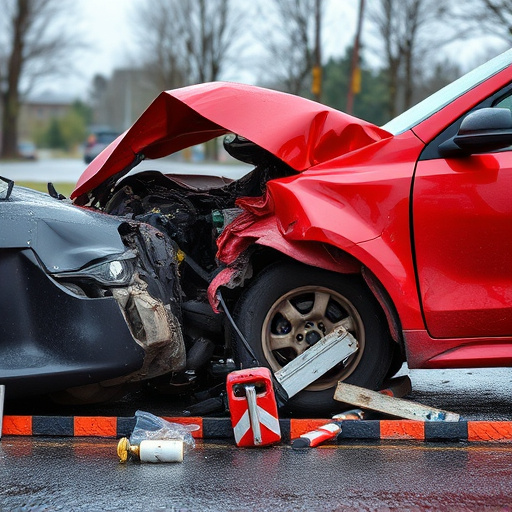
Creating an optimal environment is paramount for achieving a flawless pearl finish during collision painting. Key environmental controls include maintaining a clean, well-ventilated space. The air quality should be free from dust, debris, and volatile organic compounds (VOCs) that can contaminate the paint and disrupt the desired finish. A controlled temperature range, typically between 65°F and 75°F (18°C to 24°C), is essential as extreme temperatures can affect paint drying and curing processes.
Humidity levels must also be monitored; ideal humidity ranges from 30% to 50% to prevent premature drying or moisture-related issues that could impact the overall quality of the pearl finish collision repair. Additionally, proper lighting conditions are crucial for color accuracy during the painting process, ensuring that hues remain consistent and vibrant. These environmental controls, when implemented correctly, contribute significantly to delivering top-notch collision damage repair results, enhancing the final aesthetic appeal of matte finish collision repair services.
Best Practices for Achieving a Matte Finish in Collision Repair
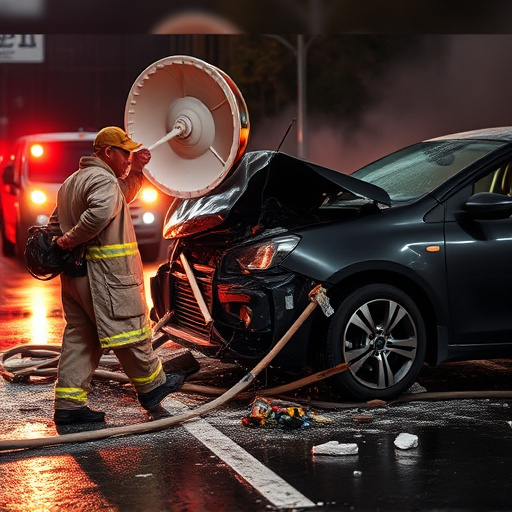
Achieving a matte finish in collision repair is an art that requires precise environmental controls and meticulous techniques. The best practices involve preparing the surface thoroughly by cleaning and de-greasing to ensure optimal adhesion of the matte paint. Using appropriate primers and base coats designed for matte finishes is crucial, as they lay the foundation for a smooth, non-reflective surface.
During the painting process, maintaining a controlled environment is essential. This includes managing temperature, humidity, and ventilation to prevent issues like excessive drying or uneven paint application. Special attention should be given to the choice of paints, selecting those specifically formulated for matte finishes to ensure the desired visual effect. Proper surface preparation, coupled with expert application techniques, results in a durable, scratch-resistant matte finish that enhances car bodywork services, effectively concealing dents and scratches, and providing a sleek, modern look—a true testament to skilled collision repair work. Additionally, auto glass repair techniques can complement this process by ensuring clear, seamless integration of repaired areas with the vehicle’s overall aesthetics.
In light of the unique challenges presented by pearl finish coatings, effective environmental controls are essential for achieving optimal painting conditions in matte finish collision repair. By implementing key environmental controls and adhering to best practices, professionals can ensure consistent and high-quality results. Understanding these requirements is crucial for mastering the art of matte finish collision repair, ensuring both aesthetic appeal and long-lasting durability.
